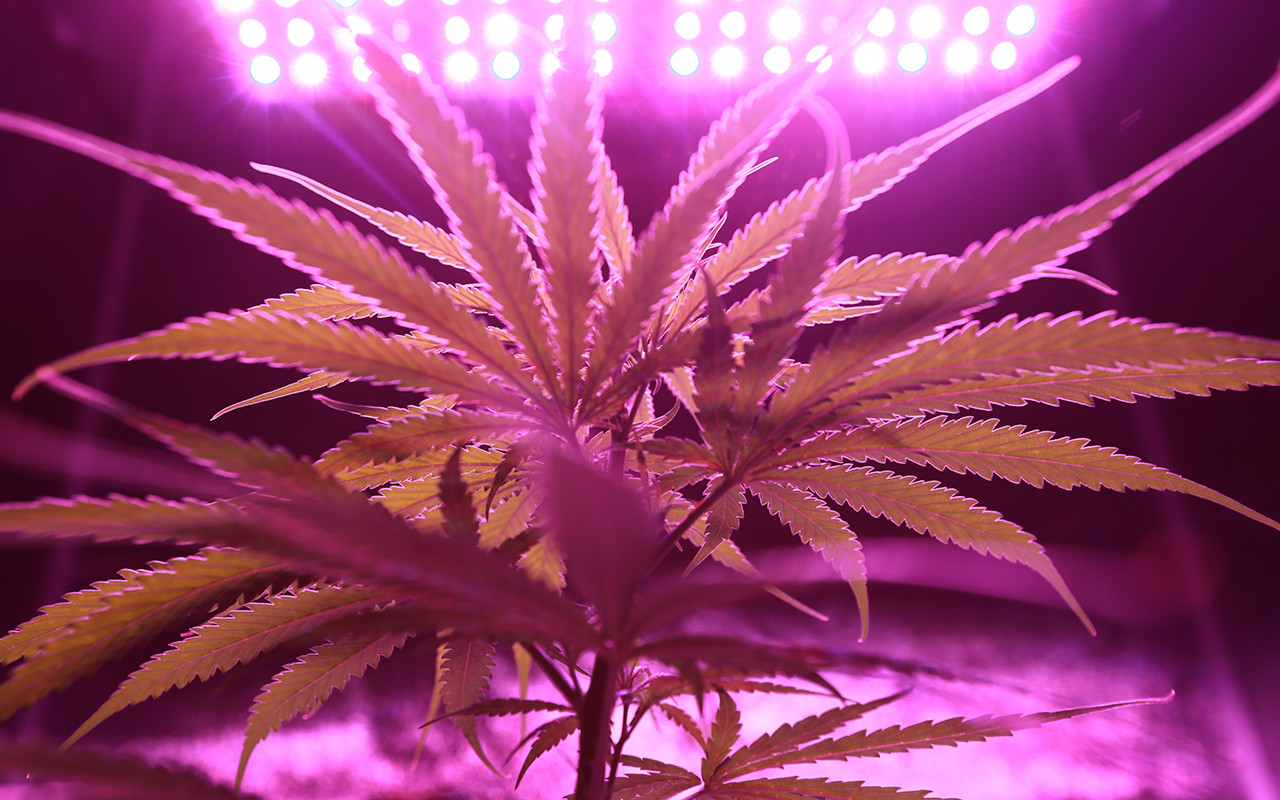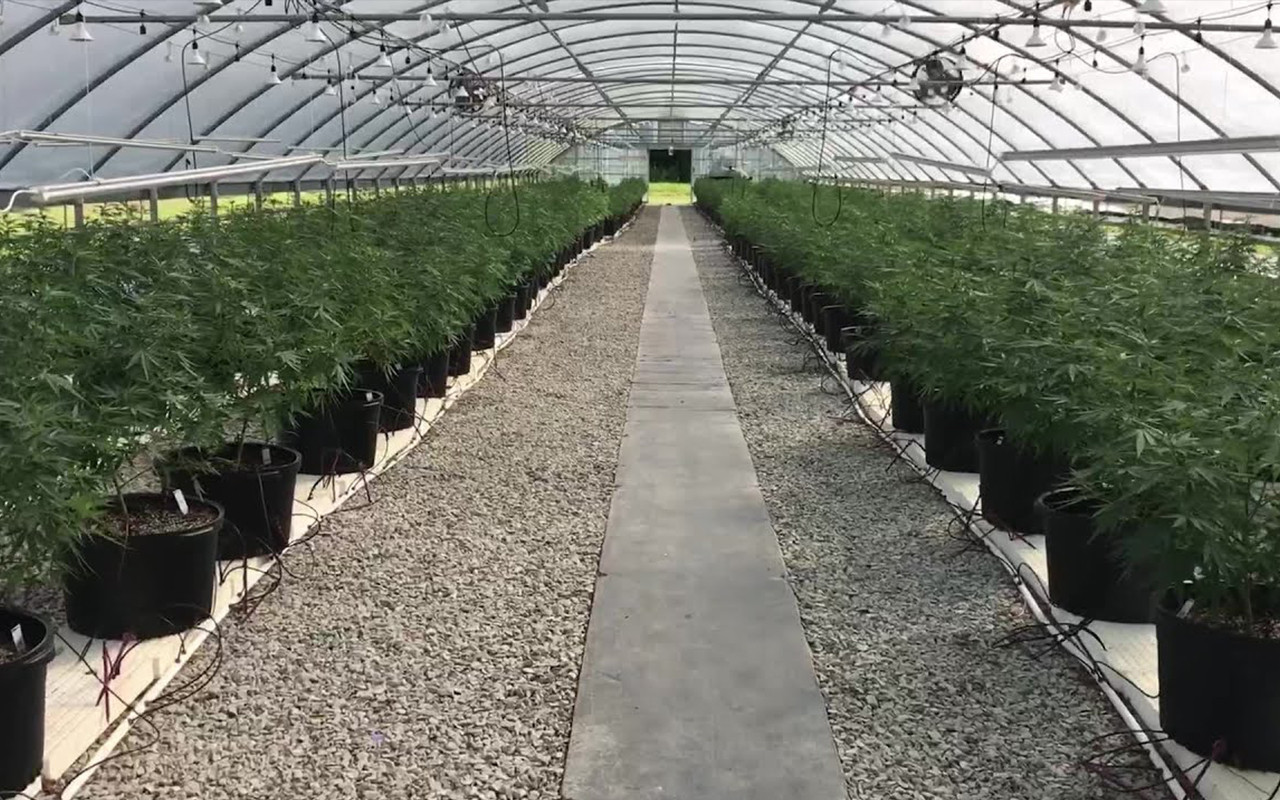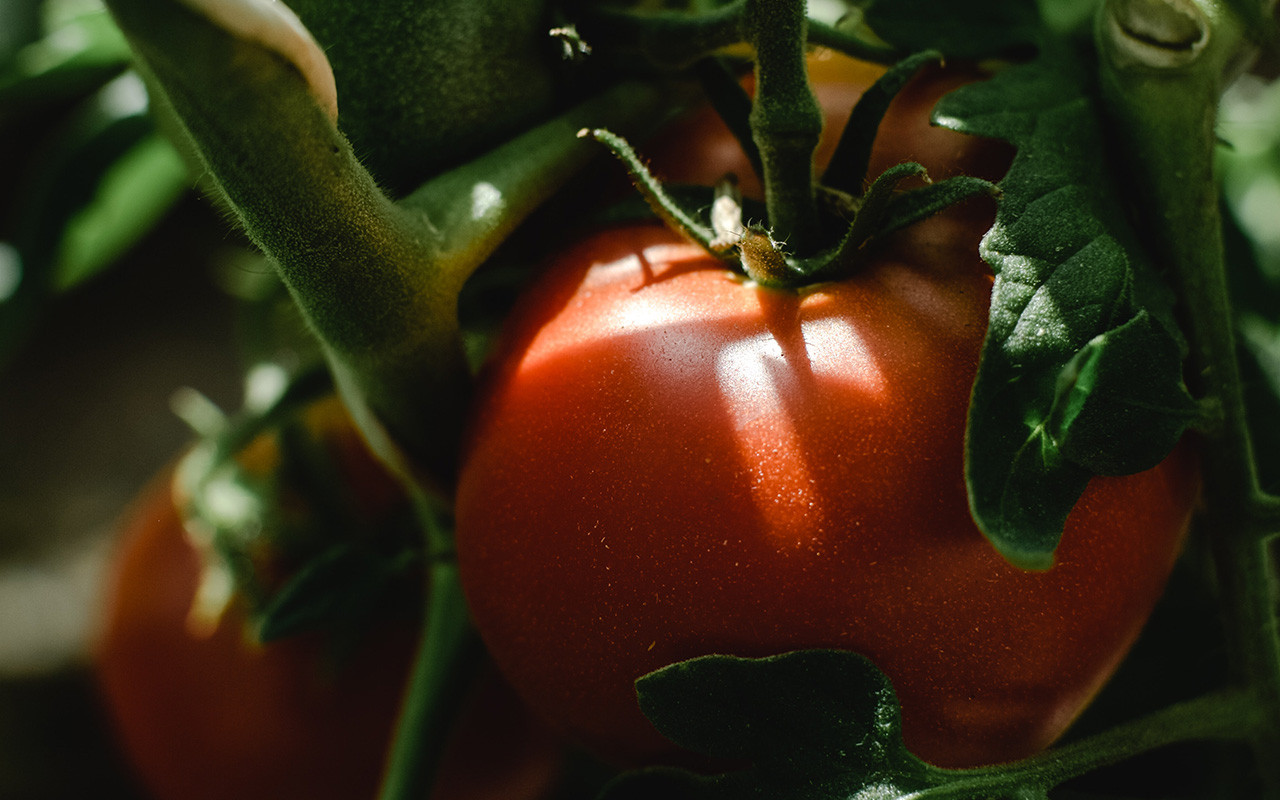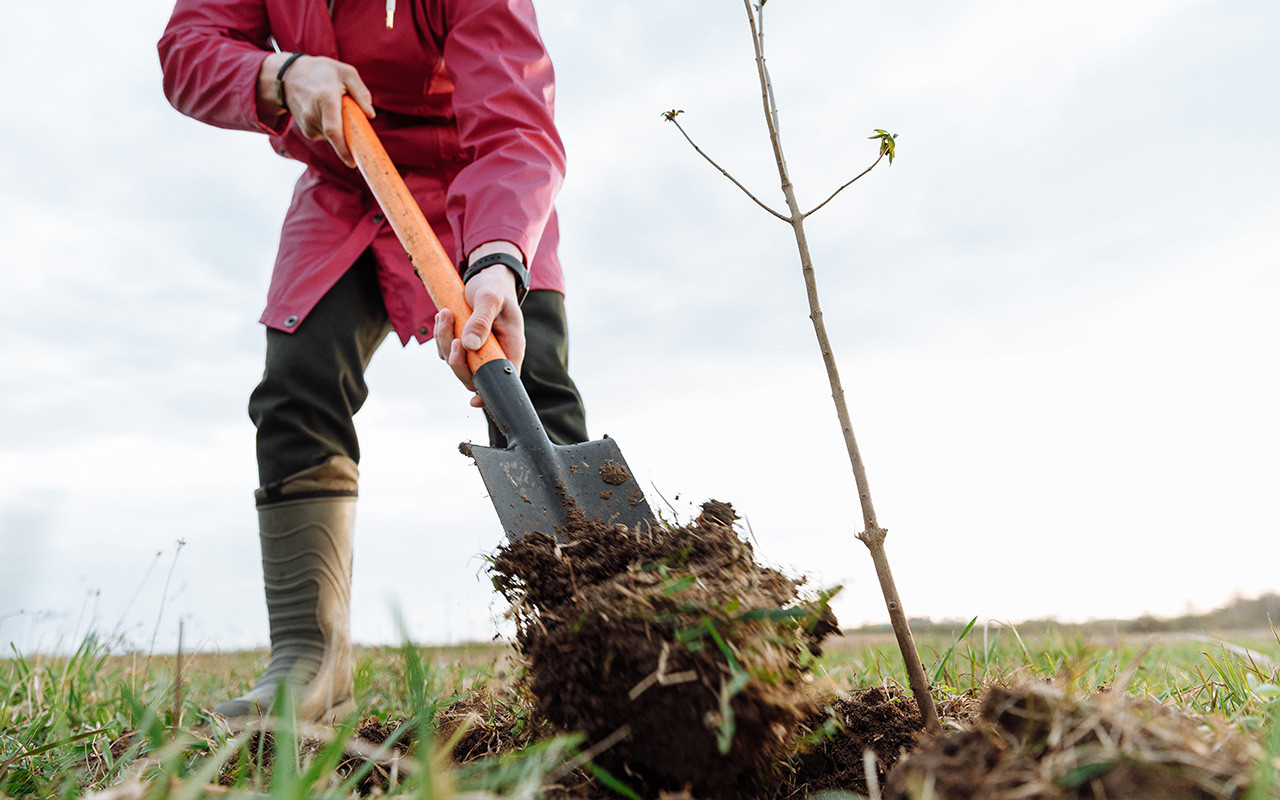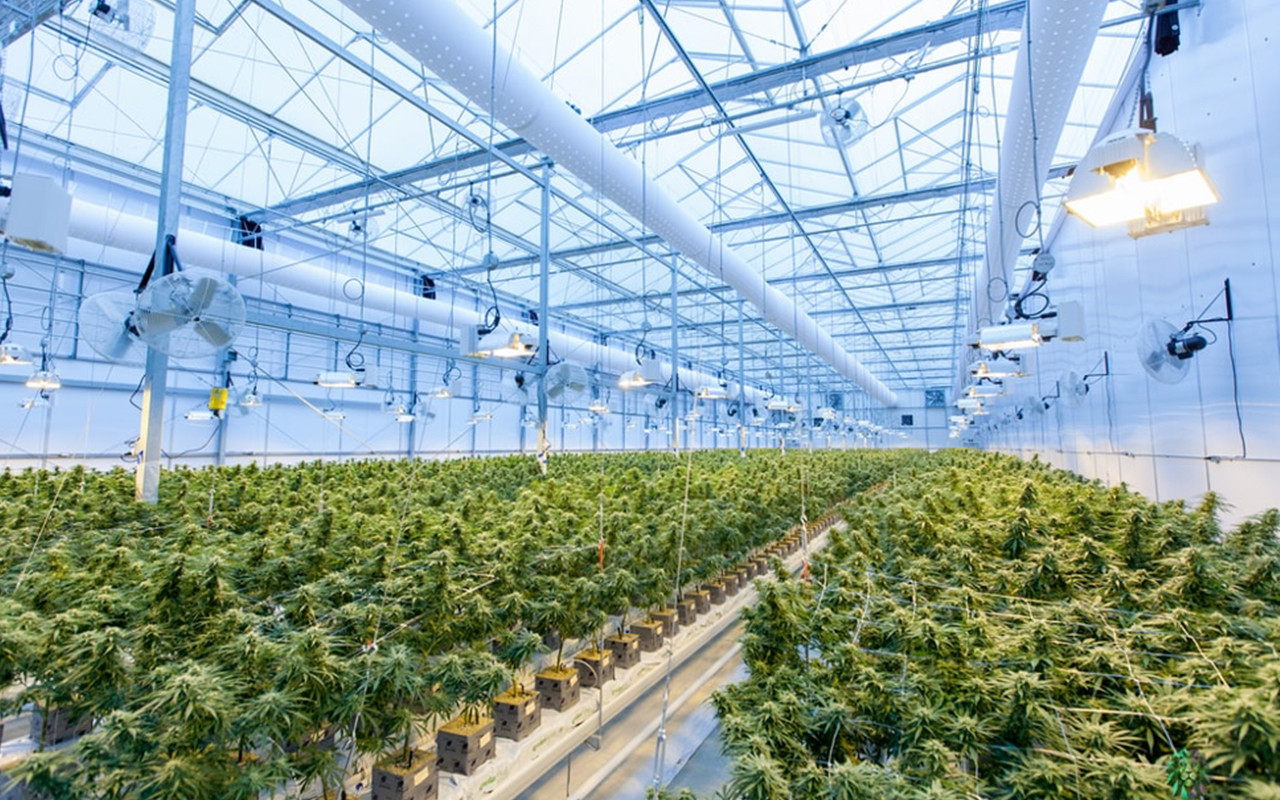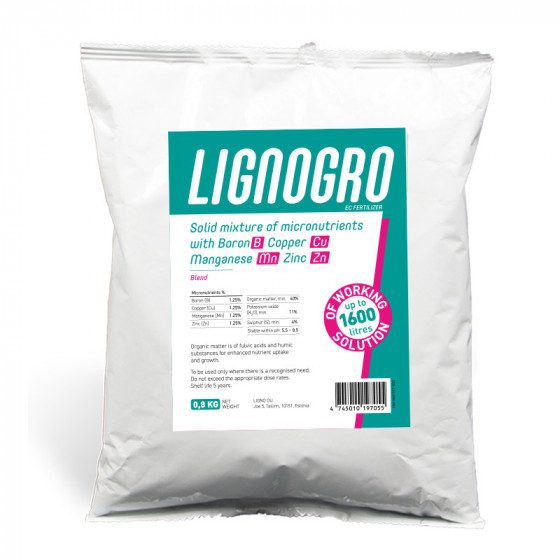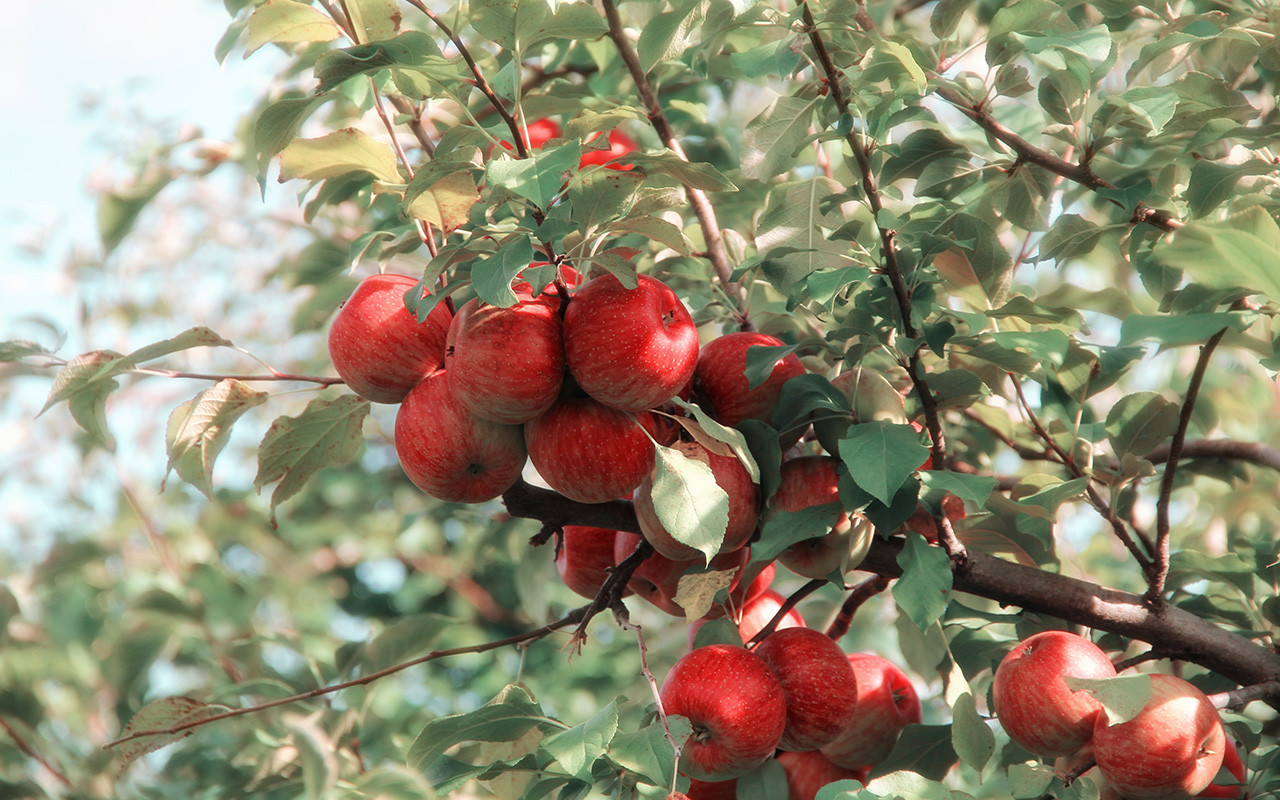
5 Tips To Grow Perfect Apples In Your Garden
Apples are a popular fruit, but growing them in your garden can be challenging
Apples are a popular fruit, but growing them in your garden can be challenging. The tree is vulnerable to many outside factors that might lead to a lower yield or a reduced quality of the fruit. It needs water, nutrients, and sunlight to grow properly.
For an apple tree to bear fruit, it needs at least eight hours of sunlight per day and 12 hours is better. In cooler regions or as the season changes, these times might need to be adjusted as well.
The specific requirements of an apple tree will depend on the variety. However, there are a few general rules you should follow for all types:
- Water the young trees every day during dry periods and twice per week when it's raining. The soil needs to be moist but not soggy or flooded. Roots grow in this top layer, and the tree won't grow well if it's waterlogged.
- Don't fertilize your plants too much early on; this can cause excessive vegetative growth that reduces fruit production. Young trees need a balance of nutrients to help them grow into strong branches and roots while also producing tasty apples. Overfeeding is not good for your garden. For any garden to be precise.
Plant the right type of apple tree
The most popular apple tree variety is the "Golden Delicious", but not all varieties will grow well in certain regions because of the climate. For example, "Granny Smith" apples are famous because they do well in any climatic region, but you probably won't get very many apples off of them. If you live in a warm area with little precipitation, "Crisp 'n Juicy" is the variety that should be planted for optimal yield.
No matter the variety, choose a tree that is hardy to your area. Check with local garden centers or online for advice on which types will grow best in your region.
The golden rule of watering - keep the perfect level
One of the most important things you need for an apple tree is water. They need a lot of water, but it needs to be kept at a perfect level of moistness. The soil should never be soggy or flooded, and the roots must have the opportunity to grow. If there is too much watering, there can be a decrease in fruit production. If there is not enough water, the tree will die.
These are essential tips on how to take care of your apple trees effectively:
- When watering your apple trees, check the soil before watering. If the ground is soggy or flooded, wait for it to dry before watering again.
- Water young trees every day during dry periods and twice per week when it's raining. This will help the roots grow deeper, so they can get all of the needed moisture from the ground.
- In addition to watering your apple tree daily in dry periods and twice a week when it's raining, you should also mulch around the base of each tree with a thick layer of organic material such as grass clippings or leaves. This will keep the roots cool and moist, which will help your apple trees get their daily hydration.
Keep an eye on pests and disease
All apple trees are susceptible to disease and pests, but the most common ones are aphids and mites. For aphids, they can be killed by insecticidal soap or neem oil, or you can buy an insecticide that kills them. If you want to save money on chemicals, try getting ladybugs to present in your garden; they will eat the pests. Mites are harder to kill without buying pesticides, so make sure to check your trees for these harmful insects if they start showing up.
Where to place your apple trees in the garden
Apple trees need a lot of space, so make sure that you have enough room for them before planting. Planting them too close together can lead to overcrowded branches and poor fruit production. If there is not adequate spacing between each tree, keep only one per hole if they are small or very young.
If you have a lot of apple trees, consider planting them in an orchard formation. This will allow for proper airflow and sunlight to reach the plants' branches, which can help prevent diseases from forming on your fruit-bearing plants.
Never use grass clippings around fruiting plants such as apples because they become host to the grassy apple aphids that are very destructive to the leaves.
Don't forget regular pruning
After planting your apple tree, it will be necessary to prune them. Apple trees have a natural tendency to grow in an irregular manner. For the tree to get the most sunlight and grow evenly, you will need to cut off some of the branches.
How often you will need to prune your apple tree depends on the variety. Some varieties of apple trees need pruning twice a year while others may only need it once a year or not at all if they are only producing a small amount of fruit. If you keep an eye out on your tree and notice a problem arising, however, it is best to make the necessary adjustments right away when they are still small in scope.
If your apple trees are starting to look like they are overcrowded, you should prune them right away before the problem gets out of hand.
Apple trees can vary in different sizes and shapes but some need to be kept under control or else they will grow into an undesirable shape. For example, if your apple trees tend to get tall with long branches then you should cut off the upper branches so that they do not grow out of proportion.
Now go out there and get started on turning your dream into a reality!
Growing apple trees in your garden can be challenging, but it doesn't have to be. Follow these steps and you will soon produce perfect apples for eating. Choose the apple tree variety that will do well in your region (i.e., high-altitude versus low-altitude). Take good care of your apple trees by checking soil before watering, mulching with leaves or grass clippings around the base every day during dry periods and twice a week when raining, keeping an eye out on pests such as aphids or mites which are common problems associated with all varieties of apple trees; if they arise then apply insecticidal soap, neem oil pesticide or buy ladybugs to eat them for less money! Planting too close together can lead to overcrowded branches and poor fruit production. Keep only one per hole if they are small or very young, otherwise plant in an orchard formation for proper airflow and sunlight to reach the plants' branches which will help prevent diseases from forming on your apple trees. Prune regularly once you have planted them.
If you want to grow the biggest and best yield, follow these tips and tricks for better production by harvest time. We hope this gave you some good ideas on how to start growing apple trees today!







